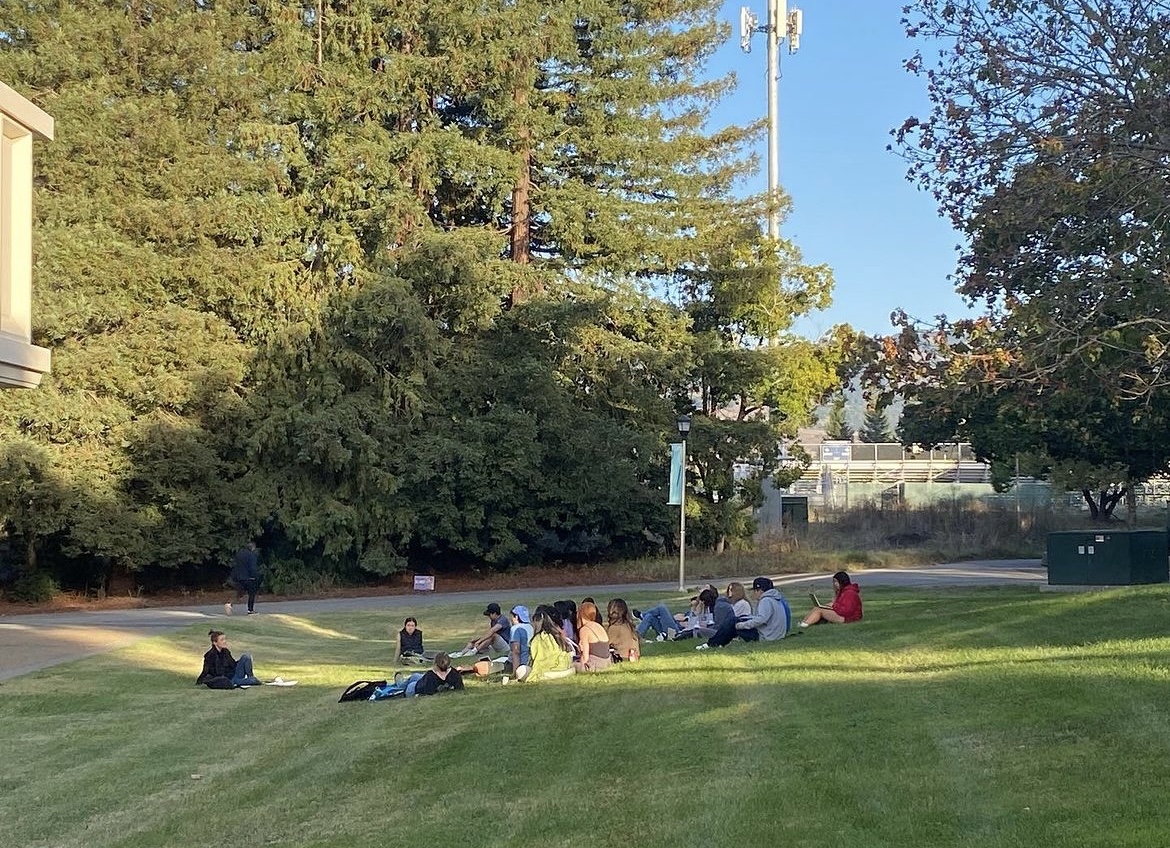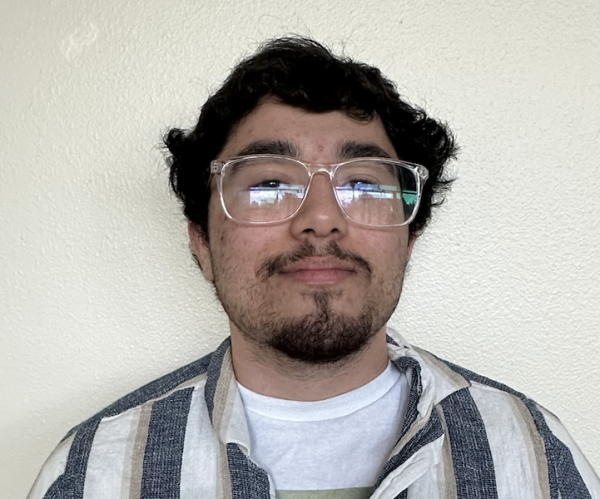The federal government recently awarded Sonoma State University $7.9 million dollars to help expand STEM support in high schools. Sonoma State University (SSU) plans to launch a number of projects to expand the impact of its Learning by Making (LbyM) program with the money from the $7.9 million grant.
First, the university intends to introduce the LbyM curriculum into eighth-grade classrooms at 40 schools in Texas and California, with an emphasis on underserved and rural areas. With the ability to reach thousands more kids, SSU hopes to give these students actual learning experiences that incorporate technology into their science curriculum. Second, the funding will go toward creating a customized eighth-grade curriculum with an emphasis on electronics, sensors, coding, and computational thinking.
The science standards in Texas and California will be met by this program, which will help to guarantee that students are ready for future pursuits in STEM. SSU also intends to develop evaluation tools to assess the program’s effectiveness and guarantee that it keeps improving and changing over time. Lastly, to enhance recruiting and sustainability efforts, SSU will work with the Redwood Coast K-16 Educational Collaborative, extending the program’s reach to high schools and early grades. Dr. Garrett Jernigan and Brian Silverman, who were part of the initial Learning by Making team, will remain essential to the program’s continued development and execution.
In Rural area schools, many people were excited to hear this news, including Sonoma State students and Staff. “STEMACES” is the full name of this Grant, which stands for science, technology, engineering, mathematics, and computing education support, and will build on what SSU has learned from their evaluation and research partners at a company called WestEd. Dr. Laura Peticolas, SSU’s EdEon’s Associate Director and Principal Investigator for the grant application, talked a little about the grant.
“Every student should have an opportunity to see what science and engineering is like,” Peticolas said. “Every student should have the materials to code, to learn about technology, to try out engineering, and to build their own science experiments in a cost-effective way. Every student should be supported to learn and thrive in science no matter their socioeconomic status, the language spoken at home, and their family and community’s culture.”
Peticolas wanted to finish by mentioning, “The amazing SSU students who have worked with us on LbyM and will work with us on STEMACES. We have had students from a multitude of majors, from physics & astronomy to computer science, engineering majors, and biology majors.” Peticolas mentioned that she even has an English master’s student working with her as they often employ many SSU graduate students as staff to keep all of their work successfully expanding and deepening.
Sonoma State first-year student Ezra De La Cruz said he thinks the program will help more students enroll in higher education. “Those are the most in-demand majors at the moment,” De La Cruz said. “I also like how it rewards rural students because there aren’t too many opportunities I can think of for students like that.”
Computer science major Ethan said, “We use computers for so much of our daily lives, and understanding even a little bit about how they work is massive when something goes wrong.” This helps to understand that this decision came after the realization that in science, technology plays a huge role.
The federal government decided to provide this grant because they saw a need to improve science education, aiming for students who are “left out,” and a realization that this will help with any career of choice and may even be a necessity. This was done to develop technology and ways of teaching to make science education more effective and accessible for all students from all backgrounds, regardless of where they live. According to Dr. Peticolas, “Not every student will want to be a scientist. Not every student will want to be an engineer. But most students will end up in jobs and careers that require computational thinking skills.”
Peticolas then mentioned how most students will need to understand what scientists and engineers do to determine how to take scientific findings and act on them as a community (science literacy).
Lastly, she ended up talking about how students who are comfortable with coding, electronics, and science currently will end up earning a higher salary/wage than their peers. This grant will create access and equity in providing a foundation for 8th and 9th-grade students to determine with their community how, if at all, they want to use these tools in their future work.
Safe to say the future’s looking bright thanks to the SSU STEM learning program, which is a huge step forward to kids of the future and whatever field they desire to pursue in this great pool of options. Whether it’s science, math or all of the subjects, the skills that will be learned will be able to take anyone anywhere.





































